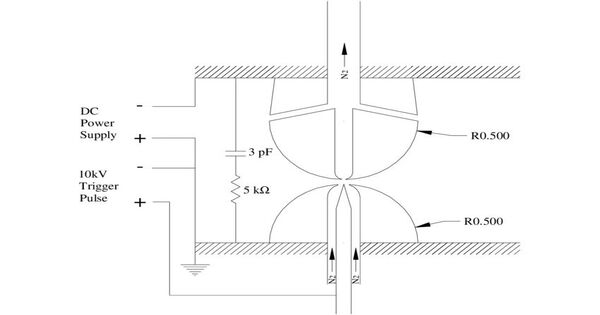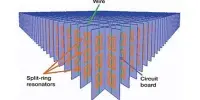A trigatron is a sort of triggerable spark gap switch designed for high current and voltage (often 10-100 kV and 20-100 kA, however mega-ampere devices are also available). These are gas-filled tubes that are commonly utilized in electronics and telecommunications applications. They function similarly to thyratrons, switching or amplifying electrical signals. Trigatrons are typically made up of a cathode, an anode, and a control grid, all encased within a gas-filled envelope.
It is incredibly simple to build and is often the most cost-effective high-energy switching solution. It can be used in open air, sealed, or filled with a dielectric gas other than air or a liquid dielectric. To increase the working voltage, the dielectric gas can be compressed, or a liquid dielectric (for example, mineral oil) can be used instead. Trigatrons can be rated for repeated usage (more than 10,000 switching cycles), or they can be single-shot, meaning they are destroyed after one use.
Trigatrons were widely utilized in applications requiring high-power switching or pulse generation, such as radar, pulsed lasers, and high-energy physics investigations. However, their usage has declined with the advent of solid-state devices like transistors and thyristors, which offer similar functionality with greater efficiency and reliability.
The operation of a trigatron relies on the control grid’s ability to control the flow of electrons between the cathode and anode. When a sufficient voltage is applied to the control grid, it allows the trigatron to conduct current between the cathode and anode. This conduction can occur with a relatively low voltage compared to other types of switching devices.
Applications
These devices are especially beneficial when extremely quick switching speeds and high peak power handling capacity are required. They are frequently used in applications requiring precise timing and control over electrical discharges, such as pulsed lasers, radar systems, and particle accelerators.
Trigatrons have played critical roles in the advancement of many technologies, allowing researchers and engineers to push new boundaries in domains such as high-energy physics, plasma physics, and sophisticated electronics.
















